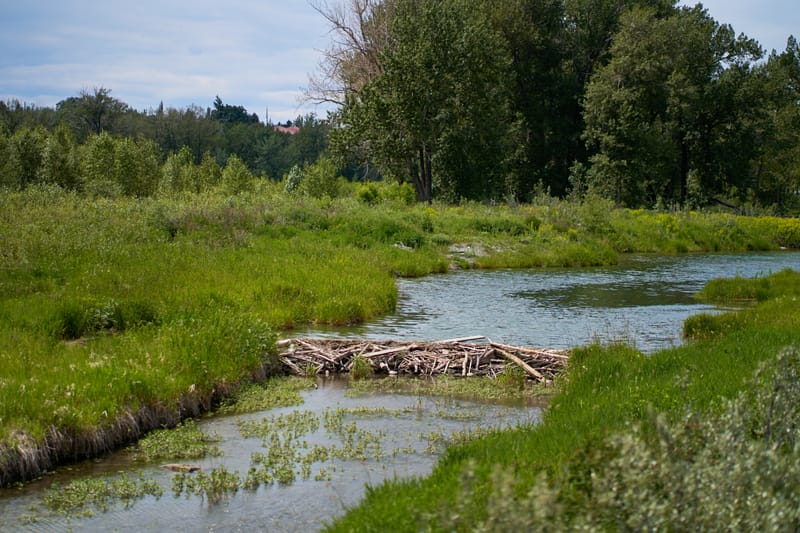Advocacy and Education - Educate the public about the ecological benefits of beaver activity, emphasizing their vital role in stream and wetland restoration, water quality improvement, and biodiversity enhancement. Shift public opinion from viewing beavers as a nuisance to recognizing them as a valuable species for ecosystem health and resilience.
Coexistence - Promote peaceful human-beaver coexistence by providing resources, strategies, and tools that enable landowners and communities to manage beavers in ways that support both human needs and wildlife conservation. Provide information and resources about non-lethal management tools, including pond levelers, flow devices, and beaver deceivers.
Habitat Restoration – Promote, protect, and enhance beaver habitat restoration and enhancement where possible in urban, peri-urban, and natural areas. Utilize low technology-process based restoration (LT-PBR) techniques, including beaver dam analogues and post-assisted log structures to mimic beaver behavior, encourage beaver dispersal, and create high quality, resilient wildlife habitats. Identify and advocate for the protection of habitats where beavers are being trapped or killed, ensuring that they have the opportunity to thrive in suitable ecosystems.
Policy - Advocate for the development and implementation of laws and policies that protect beavers from lethal management practices and promotes the use of LT-PBR in streams and wetlands.
Habitat suitability - Locate and prioritize key ecosystems that would benefit from beaver-based restoration efforts, focusing on areas where beaver activity can improve water management, enhance wildlife habitat, and contribute to long-term ecological health.
